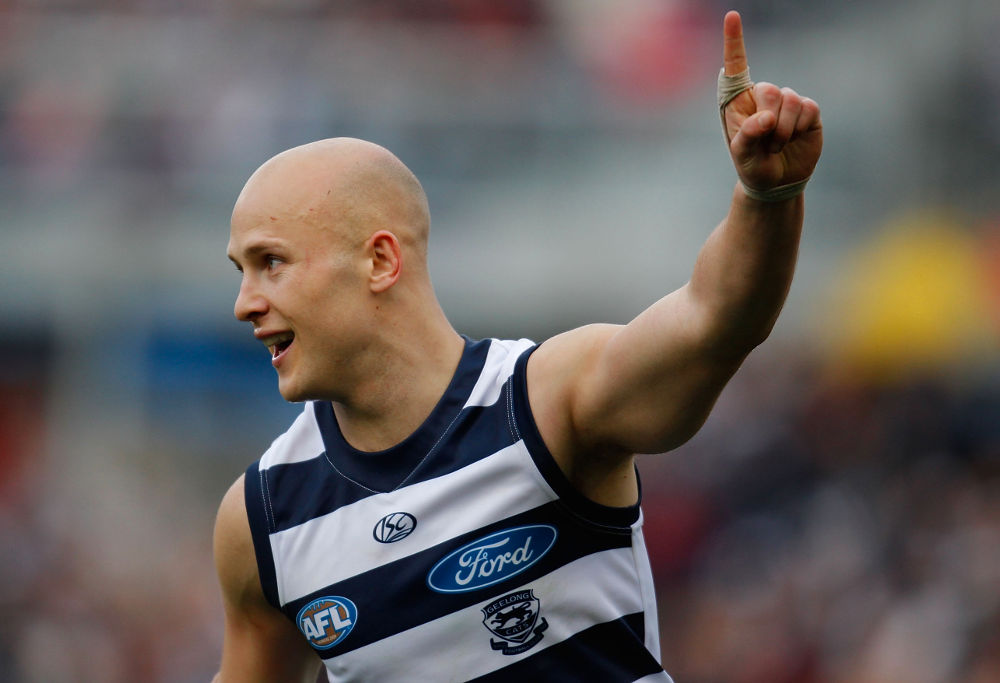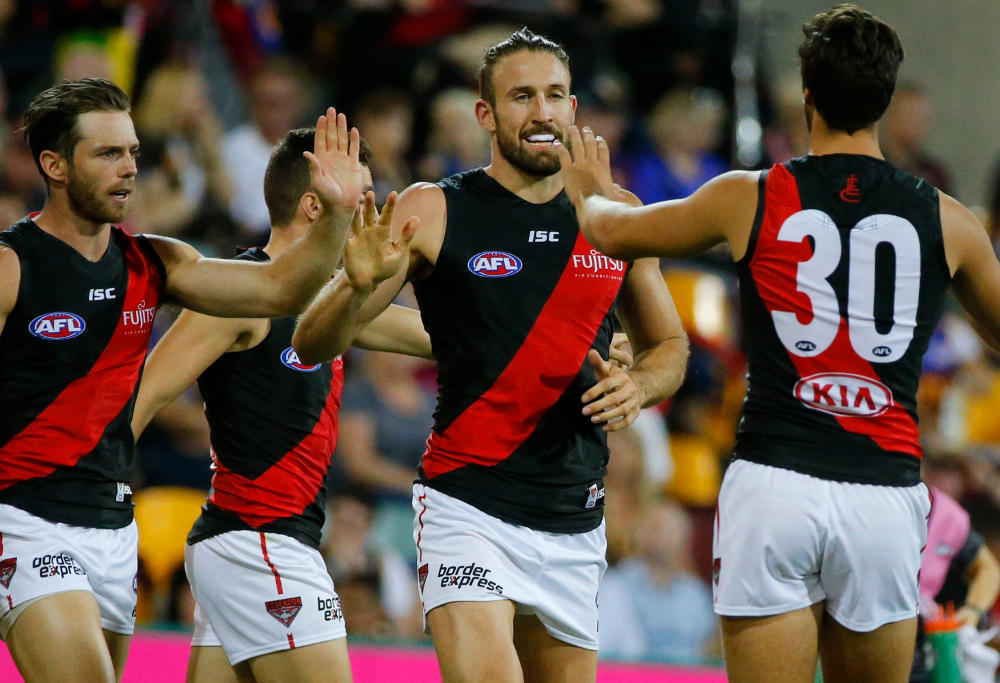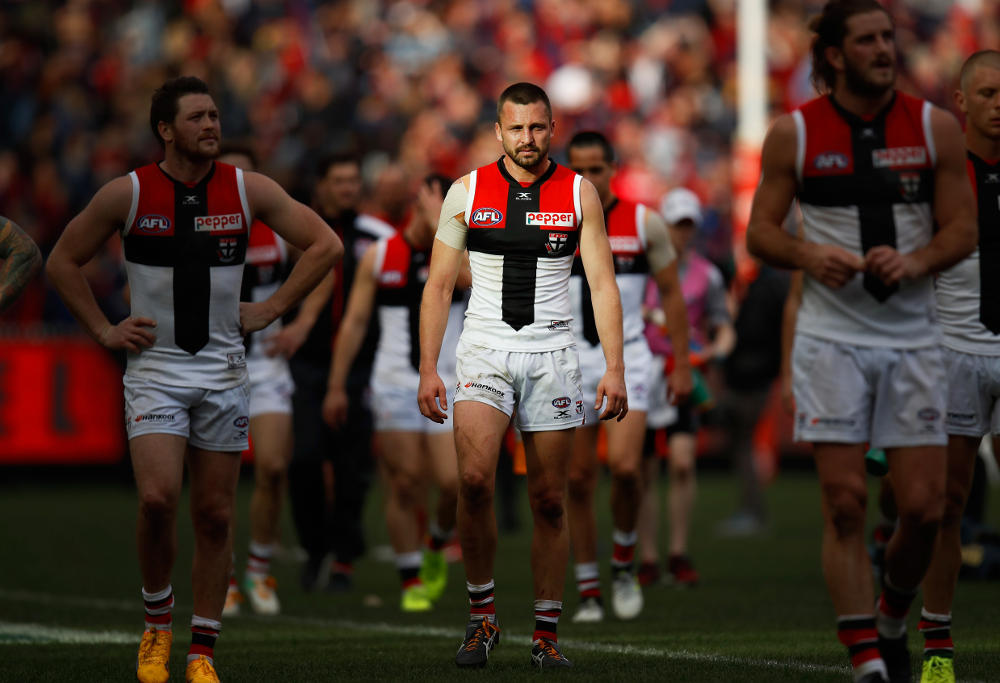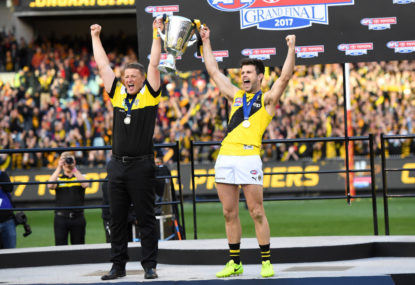The past two seasons have been a realisation of the AFL’s equality dream. Not only have we seen two fairytale premierships, but there have been four different teams on the biggest stage. In fact, the past three seasons have seen six different grand finalists.
Last year was the first time since 1995-97 that there were three straight years without a repeat grand finalist. That’s happened seven other times in AFL/VFL history and only once has that streak lasted more than three seasons.
History suggests either Richmond or Adelaide will be back on the MCG on the last Saturday in September, but there are at least a handful of other teams with every right to consider themselves premiership contenders – and what does history know anyway.
The Tigers will have to get used to being the hunted this year. They look more than up to the task. Their midfield is deep and mature, their defence is rock solid and there’s enough competition for spots among their feisty small forwards that none of them can afford to become complacent.
Richmond have been accused of lacking an identity in the past, but that’s not the case in 2018. The ruthless Tigers know who and what they are – It doesn’t hurt that they have two of the five best players in the competition – and should be there when the whips are cracking in September.

(AAP Image/Julian Smith)
Adelaide have spent the offseason licking their grand final wounds and trying to figure out what went wrong in their last game at the MCG. Does Don Pyke write it off as a bad day and keep the faith in the players and game plan that saw his Crows waltz into the grand final, or did he see bigger issues that required drastic changes?
The Crows are the second-oldest and sixth most experienced team in the competition, they’re primed for another premiership tilt.
Speaking of primed, last year’s beaten preliminary finalists will be just as hungry as the Crows. The Cats and the Giants both fell a game short of the grand final for the second season in a row.
For GWS, this year has a different feel. No longer can they rely on natural improvement within their talented list to push them up the ladder. It’s time for them to tighten things up, particularly defensively, if they are to be serious contenders.
They were up to their ears in it in 2016, but there was something off about the Giants for a large chunk of 2017. Maybe all they need is a bit of luck with injuries, or maybe it’s time for them to grow up.
The Cats won 17 games in 2016 and 15 games last season. With nine games at Kardinia Park, they should be around that mark again. The bigger question is whether they can modify their game to beat good teams on the much wider MCG.
While Gary Ablett is obviously a huge addition, the more interesting moves come in the front half, where the Cats have been a little vanilla.
Tom Lonergan’s retirement should mean Harry Taylor moves back where he belongs and while it’s dangerous to read too much into preseason form, 23-year-old recruit Tim Kelly should add some spark to the forward line, as will Lincoln McCarthy when fit. The Cats are my tip for the flag.

(Photo by Scott Barbour/Getty Images)
There’s been much hand-wringing about the Swans being short-handed at the ruck position after Kurt Tippett’s retirement and Sam Naismith’s ruptured ACL, but there are only about five ruckman in the league who really matter anyway, and Naismith isn’t one of them.
Sydney need only a warm, competitive body. The midfield is still stacked, the defence stingy and they have Lance Franklin.
It’s reasonable to assume the first six rounds of 2017 were an outlier rather than a sign of decline for Sydney when you consider they won 14 of their next 16 home-and-away games and had a percentage 155 during that stretch.
They were the best team in the league for the best part of four months and start this season as one of the teams to beat – contending is just what they do.
Port Adelaide made plenty of noise over the offseason by bringing in Tom Rockliff, Jack Watts and Steven Motlop. Motlop and Watts have been whipping boys, and for good reason, but both offer plenty.
Motlop was among the Cats’ best in each of their 2017 finals and Watts is one of the league’s smartest ball users. Rockliff adds toughness and versatility to a midfield group already chock-full of both.
With as much firepower as the Power have, a return to finals should be expected. Whether they can hold their nerve against the best sides remains to be seen.
There’s been enough gushing about Melbourne this preseason that I don’t need to add to it. Missing finals last season was a failure and doing so again this year would be doubly so. They should be pushing for top-four deep into the season.
The mid-table scrap promises to be no less interesting than the fight for top-four.
Until the AFL introduces its “wildcard” round, there’s room only for eight teams to play finals. Essendon, Hawthorn, St Kilda and the Bulldogs are the four most likely.
All have strengths. All seem to be missing a little something.
For the Dons, that missing ingredient is midfield depth and class. In Joe Daniher and Michael Hurley they have two of the best key-position players at their position and Cale Hooker is an excellent swingman – though I’d prefer to see him in defence where he’s a gun defender than in attack where he mostly acts as a tall guy.

(AAP Image/Glenn Hunt)
John Worsfold’s sides have regularly been big on structure and small on imagination. Of the Bombers’ three highly touted recruits, it’s Jake Stringer who’ll most influence their fortunes.
If he can rediscover his 2015 mojo, it will drastically change the dynamic of their team both around the goals and at stoppages. If he’s the so-so player we’ve seen for the best part of the past two seasons, it’s much less exciting.
Stringer’s former team should be neck and neck with the Dons. As disappointing as the Bulldogs were in 2017, the Dogs went 11-11. They weren’t a bad team, they just weren’t a good one, which is strange for a reigning premier.
The Dogs are still strong and deep with onballers and flankers, but there is no obvious solution to their scoring woes. Easton Wood is most certainly not the answer. If they can regain control around the ball, win the territory battle and they can keep their key-position players fit, they can return to finals. That’s a lot of ifs.
The Hawks are tough to get a read on. They were dreadful to start last season, but finished with six wins and a draw from their final 10 games – and they were the only team to beat Sydney between rounds seven and 23.
Hawthorn look good in each part of the ground without looking great. They also have the best coach of the past 20 years, so you’re braver than I to bet against them.
The Saints line up similarly to the Hawks, with good but not great players across the park. They just leave me cold.

(Photo by Michael Willson/AFL Media/Getty Images)
West Coast and Collingwood are each flawed with upside, the Pies more so in both areas.
Count me among the fans of Darcy Moore’s move to defence. Between Moore and Jeremy Howe the Pies have the potential to pick off almost any slow high ball. Brodie Grundy working with Scott Pendlebury, Daniel Wells, Adam Treloar and Taylor Adams makes their midfield one of the strongest in the competition.
It’s up forward where the Pies’ issues arise. When their best players are fit, it should function well enough. Unfortunately, when you’re relying on Ben Reid, Jamie Elliott and Alex Fasolo, fitness is fickle.
The Eagles have no such problems in attack as long as Josh Kennedy and the flakey but underrated Jack Darling are around. And with Jeremy McGovern anchoring the defence, they’re solid enough there as well. The midfield is where it gets thin, though the biggest unknown is just how much of a home-ground advantage West Coast will have given up after moving from the fortress that was Subiaco.
Carlton and Fremantle were the two lowest-scoring teams of 2017 and that will likely be an issue again this season.
The Blues look ready to increase the tempo with ball in hand which is a smart move for a team that has built a solid defensive foundation under Brendon Bolton. Carlton aren’t world beaters just yet, but they’re trending in the right direction and are well enough coached and prepared to take advantage of teams who aren’t.
The Dockers too would be wise to pick up the pace given their best forwards are still their midfielders. Nathan Wilson is one of the best kicks in the league and will add drive off halfback, just who he’s driving the ball to remains a problem. Few players will carry a heavier load than Nat Fyfe; few players are more capable.

(Photo by Daniel Carson/AFL Media/Getty Images)
North Melbourne, Brisbane and Gold Coast all look likely bottom-four teams, but none are without hope – even in a perfect world, someone has to finish last.
The Lions and Suns are stacked with young talent and each have stars capable of heavily influencing games on their day – Dayne Zorko, Dayne Beams and Tom Lynch are among the very best players in the league.
As is the case with young, building teams, all you can ask for is improvement.
North Melbourne have become a bit of a cheap gag, and some of that is fair, but plenty of it is not. With their best 22 on the park the Roos have enough mature talent to make them competitive.
Whether that’s what you want from a team at their stage of development is a deeper discussion for another day, but while their ceiling is low, North aren’t a team to be taken lightly.
Dig as deep as you might in anticipation, every season throws up its share of surprises. Time to get on with the real stuff.
Ladder prediction
1. Geelong
2. Sydney
3. Richmond
4. Adelaide
5. Melbourne
6. GWS
7. Port Adelaide
8. Essendon
9. Western Bulldogs
10. Hawthorn
11. West Coast
12. St Kilda
13. Collingwood
14. Carlton
15. Fremantle
16. North Melbourne
17. Brisbane Lions
18. Gold Coast
Premiers
Geelong


































































































